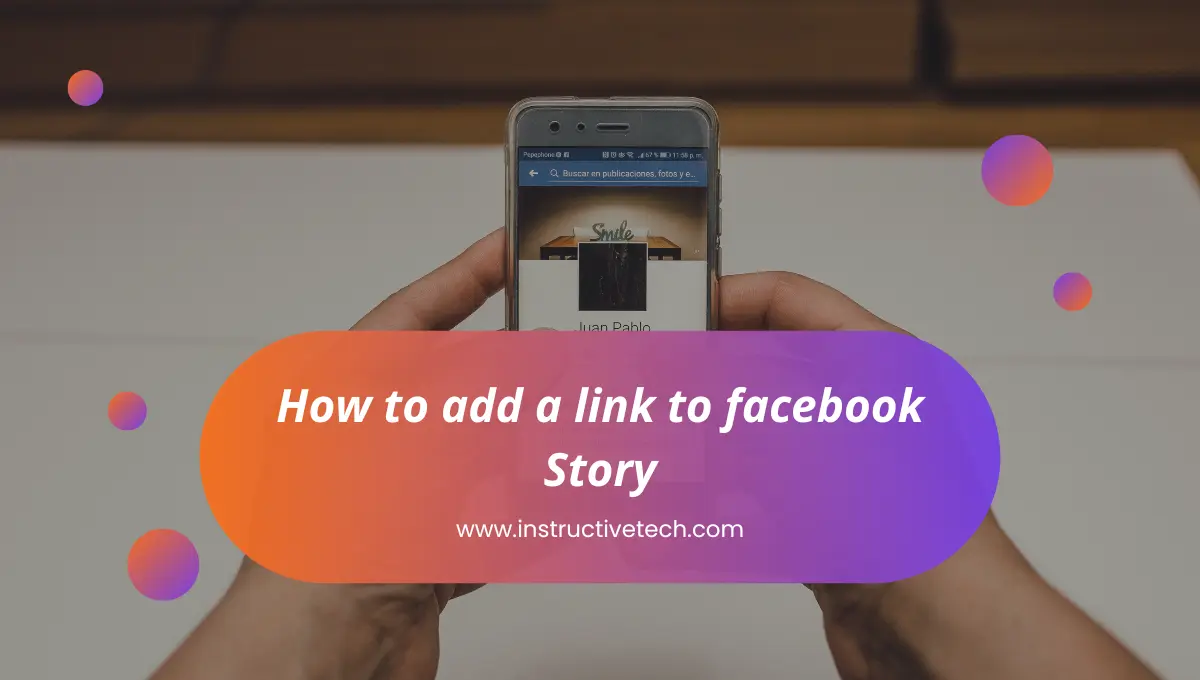In the ever-evolving realm of artificial intelligence, two prominent language models have emerged as frontrunners: ChatGPT and Google Bard. These AI powerhouses have revolutionized the way we interact with technology, but how do they compare?
In this comprehensive analysis, we delve into the features, capabilities, and applications of ChatGPT and Google Bard to uncover the strengths and weaknesses of each model.
ChatGPT
ChatGPT, developed by OpenAI, is a cutting-edge language model known for its versatility and natural language processing abilities. Equipped with GPT-3.5 architecture, it boasts an extensive knowledge base and exceptional language generation skills.
Google Bard
On the other hand, Google Bard is a formidable rival in the AI landscape. Developed by Google’s research team, this language model harnesses the power of advanced neural networks to provide accurate and contextually relevant responses.
Comparison of Features and Capabilities:
- Language Comprehension: ChatGPT: With its GPT-3.5 architecture, ChatGPT can grasp complex language nuances and comprehend a wide range of topics, making it an ideal choice for diverse conversational scenarios. Google Bard: Google Bard excels in understanding context and can interpret queries with precision, leveraging the immense data it has access.
- Contextual Understanding: ChatGPT: One of ChatGPT’s key strengths lies in its ability to maintain context over extended conversations, ensuring more coherent and natural interactions. Google Bard: Google Bard, with its advanced neural networks, utilizes contextual embeddings to comprehend the underlying meaning of a query, enabling accurate responses.
- Response Generation: ChatGPT: ChatGPT generates responses that are creative and coherent, often reflecting a human-like conversational style. However, it may occasionally produce irrelevant or nonsensical outputs. Google Bard: Google Bard’s response generation is focused on providing concise and accurate answers, prioritizing factual information over stylistic nuances.
- Knowledge Base: ChatGPT: OpenAI has trained ChatGPT on a vast array of internet text, allowing it to draw upon a vast pool of knowledge. However, this may also result in potential biases present in the training data. Google Bard: Google Bard leverages Google’s extensive knowledge graph, giving it access to a wealth of information from reliable sources.
Read also, Chat GPT vs StockFish.
Applications and Use Cases:
- Customer Support and Chatbots: ChatGPT: Due to its conversational prowess, ChatGPT can be employed as a chatbot for customer support, providing personalized and human-like interactions. Google Bard: With its accurate and fact-based responses, Google Bard can efficiently handle customer queries, ensuring quick and reliable support.
- Content Creation and Summarization: ChatGPT: Content creators can utilize ChatGPT to generate engaging articles, stories, or summaries, leveraging its natural language generation capabilities. Google Bard: Google Bard’s ability to extract relevant information makes it an excellent tool for content summarization, enabling users to quickly distill key points.
Conclusion
As we compare ChatGPT and Google Bard, it becomes evident that both language models offer unique strengths and applications. ChatGPT’s conversational abilities and creative output make it suitable for interactive scenarios, while Google Bard’s accuracy and fact-driven responses lend it well to information retrieval tasks. Ultimately, the choice between these AI models depends on the specific requirements of the user, highlighting the remarkable advancements in natural language processing achieved by both ChatGPT and Google Bard.




